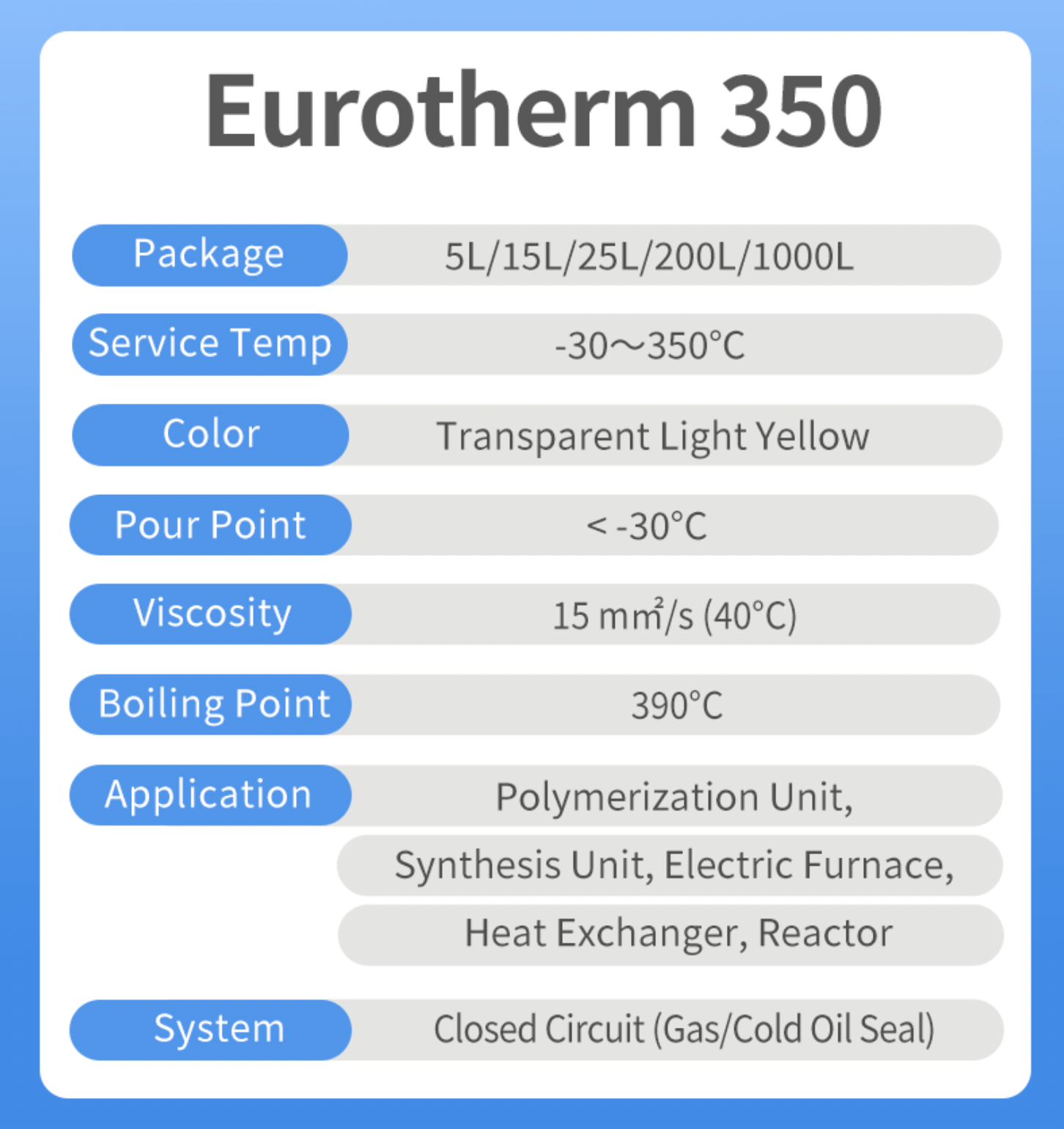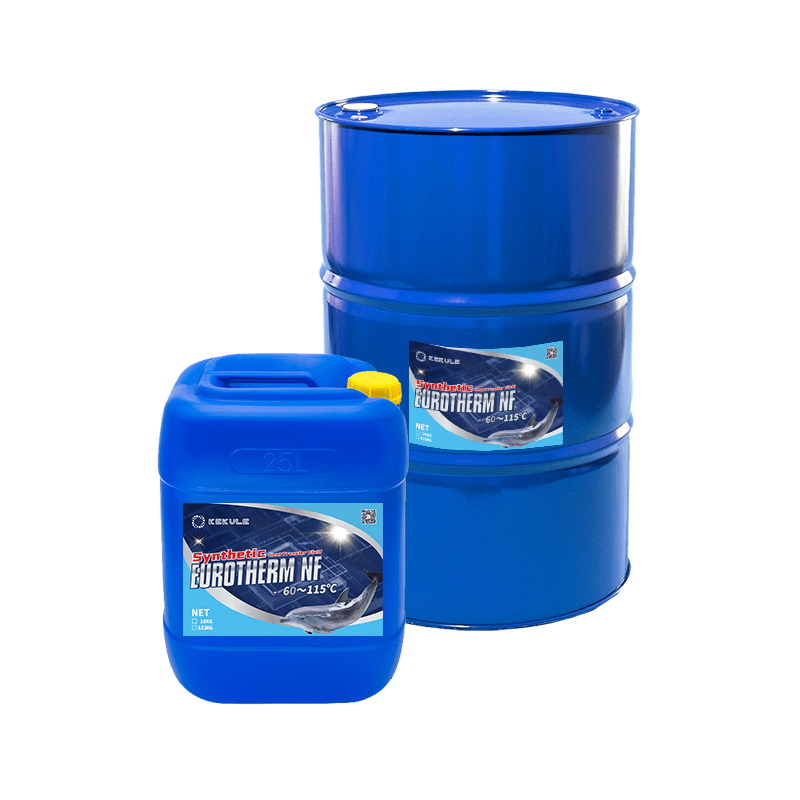A Biased View of Chemie
A Biased View of Chemie
Blog Article
Chemie Fundamentals Explained
Table of ContentsMore About ChemieThe smart Trick of Chemie That Nobody is Talking AboutThe 2-Minute Rule for ChemieUnknown Facts About Chemie7 Simple Techniques For ChemieThe Single Strategy To Use For Chemie
(https://www.domestika.org/en/betteanderson)Calculated change in electrical conductivity of liquid examples as a function of time when mixed with the resin sample in the closed indirect cooling loophole experiment. Figure 6 reveals the change in the gauged electric conductivity of the fluid examples when mixed with the material sample. The conductivity of the water sample from the closed loophole experiment minimized by roughly 70% from 11.77 S/cm to 3.32 S/cm in 6 hours.These outcomes showed that the capacity of the resin relies on the examination liquid made use of for the experiment. This reveals that different ions existing in the liquid will result in various ion exchange capability of the liquid. As a result, calculating the ion exchange resin capability with the fluid example from the actual air conditioning loophole is necessary.
The Only Guide for Chemie
An ion exchange material cartridge including 20g of Dowex combined bed resin may take on order 938 days to fill - dielectric coolant. In various other words, to maintain a reduced electric conductivity, a material cartridge with the dimension and weight specification as that of the material cartridge utilized in the experiment, require to be altered every 30 months for the cooling system that was utilized in the experiment
The air conditioning of electronic components has ended up being a major obstacle in current times due to the advancements in the style of faster and smaller sized elements. The use of a liquid coolant has come to be attractive due to the higher warm transfer coefficient attained as contrasted to air-cooling.
The Facts About Chemie Revealed
A single stage cooling loophole consists of a pump, a heat exchanger (cool plate/mini- or micro-channels), and a warm sink (radiator with a follower or a liquid-to-liquid warm exchanger with chilled water air conditioning). The heat source in the electronics system is connected to the warmth exchanger.
The needs might vary depending upon the sort of application. Following is a checklist of some basic requirements: Good thermo-physical buildings (high thermal conductivity and certain heat; low viscosity; high unexposed heat of evaporation for two-phase application) Low cold factor and ruptured point (sometimes ruptured security at -40 C or reduced is required for delivery and/or storage space objectives) High atmospheric boiling factor (or low vapor pressure at the operating temperature) for single stage system; a narrow preferred boiling factor for a two-phase system Excellent chemical and thermal stability for the life of the electronics system High flash factor and auto-ignition temperature level (sometimes non-combustibility is a need) Non-corrosive to materials of building and construction (steels as well as polymers and various other non-metals) No or marginal regulative restrictions (eco friendly, safe, and potentially naturally degradable) Affordable The ideal electronics coolant is an inexpensive and nontoxic liquid with exceptional thermo-physical residential properties and a long solution life.
Chemie Fundamentals Explained
A lot of these liquids have a non-discernible odor and are safe in instance of call with skin or ingestion. As stated previously, aliphatic PAO-based fluids have actually changed the silicate-ester liquids in a selection of army electronic devices (and avionics) cooling down applications in the last decade. An additional course of popular coolant chemistry is dimethyl- and methyl phenyl-poly (siloxane) or frequently known as silicone oil.
Fluorinated substances such as perfluorocarbons (i.e., FC-72, FC-77) hydrofluoroethers (HFE) and perfluorocarbon ethers (PFE) have certain distinct residential or commercial properties and can be used in call with the electronics [4, 8] Firstly, these liquids are non-combustible and safe. Some fluorinated compounds have no ozone diminishing prospective and other ecological residential or commercial properties.
This coolant is categorized as hazardous and need to be handled and disposed of with treatment. The high quality of water made use of for the prep work of a glycol solution is really vital for the system.
Get This Report on Chemie

Apart from lack of toxicity, it has no benefits over ethylene glycol, being greater in cost and more thick. This is an inexpensive antifreeze remedy, locating usage in refrigeration services and ground resource warm pumps. Similar to glycols, this can be prevented to quit deterioration. This fluid can be utilized down to -40 C due to its relatively high rate of warmth transfer in this temperature level array.
It is considered even more dangerous than ethylene glycol and subsequently has discovered usage only for process applications located outdoors. Methanol is a combustible liquid and, as such, introduces a potential fire risk where it is kept, took care of, or utilized.
Examine This Report on Chemie
As a flammable fluid, it calls for certain precautions for dealing with and storage space. Liquid solutions of calcium chloride discover wide usage as circulating coolants in food plants. It is non-flammable, safe and thermally more effective than the glycol options. A 29% (by wt.) calcium chloride service has a cold factor listed below -40 C.

Report this page